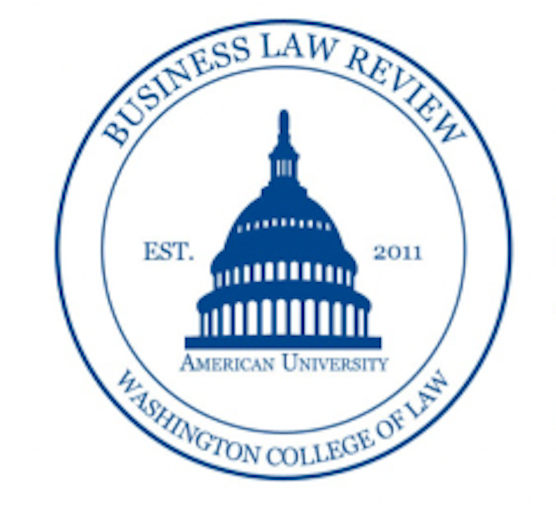By James Duffy
Compulsory auto-insurance is a hallmark of wealthy, developed nations. While federated nations like the United States, United Kingdom, and Australia have varying insurance requirements, all of them heavily encourage citizens to purchase insurance.[1] Thus, when an accident happens, the insurer of the driver at-fault pays for the damage.[2] In a world where 90% of accidents are made because of human error, this system is perfectly reasonable.[3] However automated cars reduce the role of human error in automotive accidents. Indeed, experts predict that accidents may decrease by as much as four-fifths.[4] When human error no longer contributes to motor accidents, it is uncertain how insurance companies will determine fault and payment responsibilities. The uncertainty will have a significant impact on car owners, lawyers, and businesses investing in automated cars alike.
Without human error as a reliable indicator of fault, and no regulations currently in place, liability for an accident could fall on any number of parties. The most likely first target would be the car’s manufacturer because they are responsible for building the car’s systems. This is problematic as it means drastically increased litigation and settlement expenses for manufacturers, who could in turn increase prices for their cars to cover such expenses. To shift the burden away from them, manufacturers may blame its component suppliers for providing defective car parts. Manufactures may also pass the blame towards negligent owners. For example, owners that failed to install a software update could be liable in court. Lawyers and insurers alike believe that, while in autopilot, blame for accidents shifts from private owners towards manufacturers.[5]
To avoid ongoing litigation and blame-shifting, many lawyers in this field argue for the imposition of strict liability.[6] Under this doctrine, owners are automatically responsible for any accidents. Proponents also point out that it would leave a clear role for insurers to quickly compensate victims and assign blame to at-fault parties.[7] However, fewer accidents still means lower risk and lower premiums for insurers.[8] KPMG, an accounting firm based in Amsterdam and specializing in the study of emerging trends, estimates that the cost of car insurance will shrink up to 60% by 2040.[9]
While strict liability resolves litigation concerns, it has two key defects. First, strict liability places a large burden on private owners who may not be at fault. Second, strict liability assumes continued, wide-spread private car ownership. In the United States, the prospect of continued wide-spread ownership grows smaller each year. Although 100 million cars are expected to be consumed globally by 2020, the U.S. has an average utilization rate of only five percent, or one hour each day. This means that for 95% of the time, cars remain unused.[10]
The rise of cellphone applications like Lyft and Uber reveal that ride sharing and taxi services are becoming more popular than driving cars for personal use, reinforced by declining rates of vehicle licensure among young Americans.[11] As time goes on, car manufacturers, or an updated Uber or Lyft, may operate their own fleets of automated cars. Some manufacturers, like Volvo, Google, and Mercedes, intend to assume liability for accidents by “self-insuring” rather than seeking contracts with insurers.[12] If these trends continue, insurance firms specializing in commercial fleet insurance will profit at the expense of personal motor insurers.
Automated cars are set to upend the traditional motor vehicle insurance markets, and there is no clear consensus on how to respond or what the role of insurers will be. Both strict liability and free-for-all litigation have their pros and cons. Strict liability will remove the possibility of intense litigation and blame-shifting after every accident, but may impose a harsh burden on the owners of automated cars. Free-for-all litigation relieves car owners of automatic blame, but creates an environment of constant blame-shifting between car owners, manufacturers, and component suppliers. Under these circumstances, a hybrid approach might be best.
When the first cases on this topic are resolved, their precedents can be used to create a framework on how to apportion blame and compensation. There is no perfect answer, but as new cases arise it will help to shape a new jurisprudence surrounding liability for automated cars. Insurers will still have their place, and hacker attacks and manufacturing defects may still exist, but insurers inhabit a shrinking marketplace that they will need to adapt to quickly to survive.
[1] Lauren Thomas (laurenthomas), Car Insurance Around the World, HubPages (Oct. 11, 2010), https://hubpages.com/money/Car-Insurance-Around-the-World (discussing car insurance systems of developed nations versus developing nations).
[2] Look, no claims! Self-driving cars are set radically to change motor insurance, The Economist (Sep. 24, 2016), https://www.economist.com/news/business/21707598-self-driving-cars-are-set-radically-change-motor-insurance-look-no-claims/ (discussing the insurance implications posed by self-driving cars).
[3] Id.
[4] Id.
[5] Id.
[6] Id.
[7] Id.
[8] Id.
[9] Id.
[10] Dan Neil, Private car ownership is on the road to becoming a rarity, The Wall Street Journal (Dec. 23, 2015), https://www.marketwatch.com/story/get-ready-to-share-not-just-the-road-but-the-car-2015-12-14 (discussing the decline of private car ownership in the United States).
[11] Id.
[12] Look, no claims! Self-driving cars are set radically to change motor insurance, The Economist (Sep. 24, 2016).


